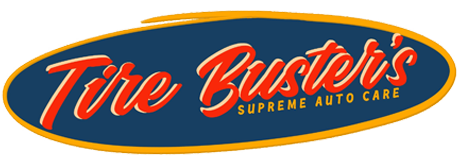DON'T FIND
Don’t Find Yourself Trapped on the Side of the Road; Schedule Preventative Maintenance Services for Your Vehicle Today
Nothing ruins a vacation or a family road trip faster than your car acting up and leaving you and your family stranded on the side of the road, waiting for AAA to bail you out. Skip the drama and stress by calling on the mechanics at Tire Busters Supreme Auto Care in Payson, Price, and American Fork, UT. Our experienced automotive techs can quickly run your vehicle through its paces and check on those commonly overlooked details that can lead to a breakdown. Don't let unexpected vehicle troubles cause you to miss out on your summer road trip. Call 801-923-8473 to schedule your car for preventative maintenance services today.
AVOID COSTLY
Avoid Costly Breakdowns With Regular Preventative Vehicle Maintenance
Nowadays, cars have so many intricate pieces that can go wrong for any number of reasons. Before you head out to enjoy a weekend-long road trip with friends and family, have your vehicle checked out by the experts at Tire Busters Supreme Auto Care. Our preventative services will keep you cruising down the road without a hitch.
Air Filter Changes
Belt and Hose Replacements
Battery Testing
Vehicle Fluid Inspection
Tire Tread Checks
Heating and Cooling System Monitoring
Transmission Fluid Exchanges
Engine Diagnostics
ENSURE
Ensure Your Tires Aren’t Going to Fail Halfway Through Your Trip With Tire Wellness Checks
Your vehicle won't make it far without four working tires, regardless of how much you push it. Our technicians are experts in everything related to tires and can quickly verify the expected lifespan of your current tires and whether it's advisable to try your luck with what time they have left. When in doubt, stop by one of our three shops to have your tires inspected.
LOCATIONS
Payson: 801-923-8473
Payson Location: 1146 West 800 South, Payson Utah 84651
Price: 435-637-6100
Price Location: 280 E Main Street, Price, Utah 84501
BUSINESS HOURS
Mon-Fri: 7:00 AM - 6:00 PM
Sat: 7:00 AM - 4:00 PM
Sun: CLOSED
Price and American Fork Locations Business Hours:
Mon-Fri: 8:00 AM - 6:00 PM
Sat: 8:00 AM - 4:00 PM
Sun: CLOSED
24-hour emergency
Payment Options:






